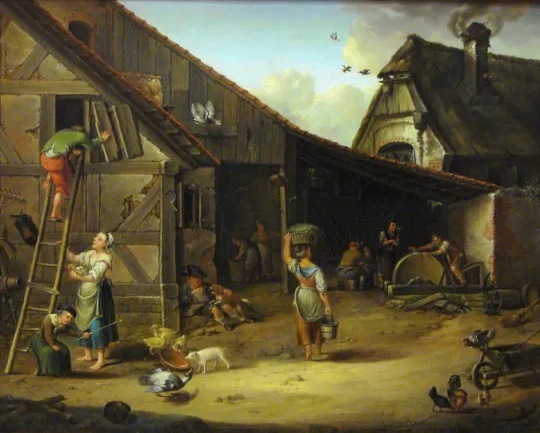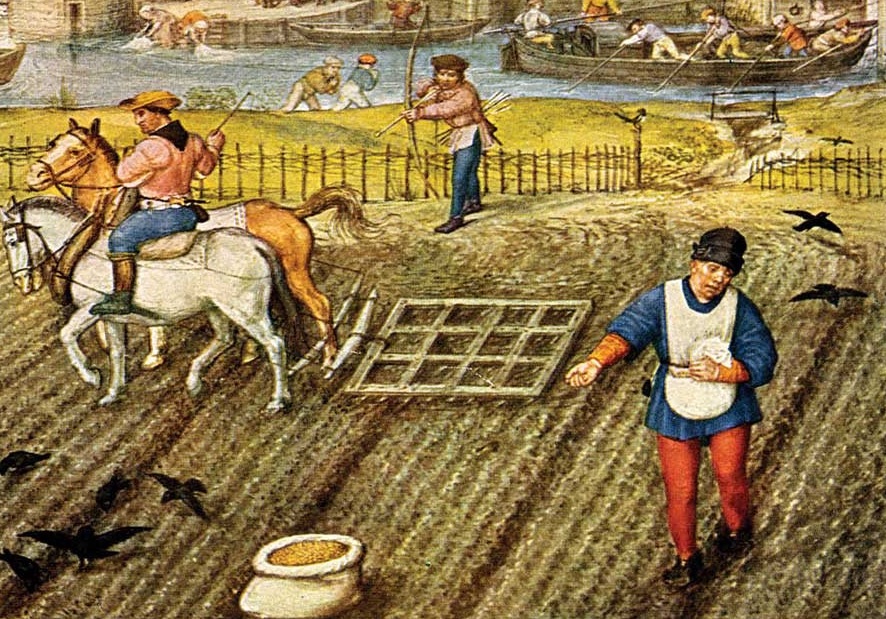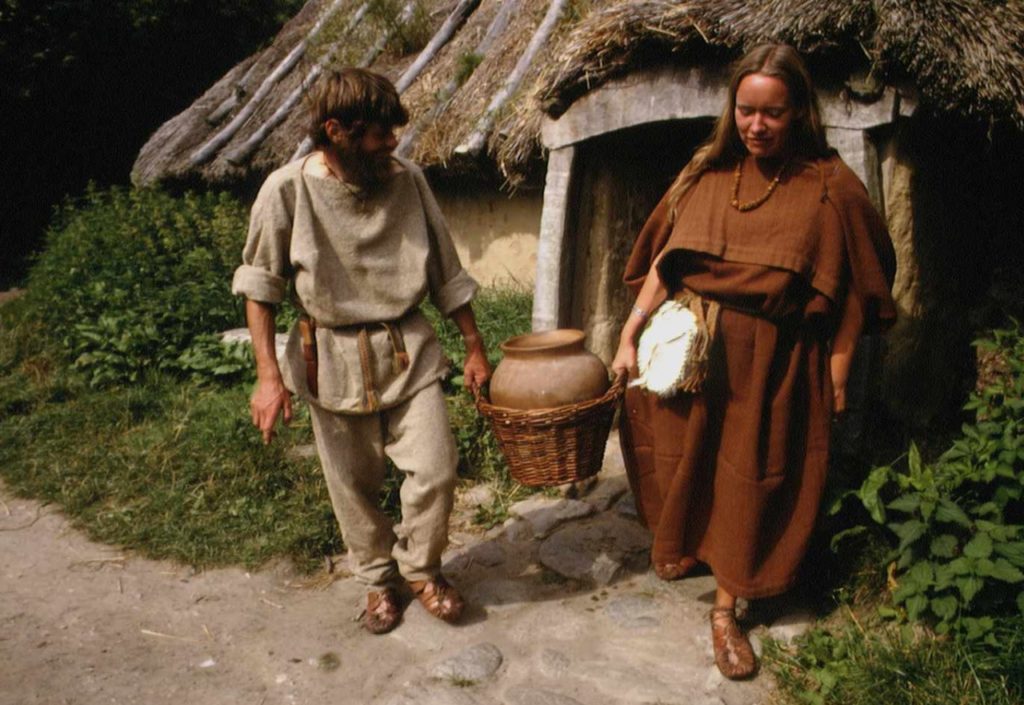During the Middle Ages, Europe had a complex social hierarchy with different classes of people, including serfs and peasants. While these terms are often used interchangeably, there are important differences between the two. This article will explore the distinctions between serfs and peasants, including their role in society, their legal status, and their daily lives.
Definition of a Serf
In the Middle Ages, a serf was a laborer who was tied to a specific piece of land and had a lord or feudal owner. They were considered a type of medieval peasant and were obligated to work the land of their lord in exchange for protection and the ability to cultivate their own food.
Serfs were not permitted to leave the land without permission and were generally viewed as a lower social class in comparison to the land-owning lords and nobles.
Definition of a Peasant
A peasant is a farmer or agricultural laborer who works on their own or a small scale, often owning their own land. Peasants had more autonomy than serfs and were not tied to a specific lord or land.
They were free to move around, change their occupation or even become landlords or merchants. Peasants could be considered as independent farmers or farmers who rented land.

Serfs vs Peasants
Next, we will take a look at some of the main differences between these two very similar classes.
Role in Society
Serfs were an important part of the feudal system, providing labor and a source of wealth for lords and nobles. They were considered a lower class, and their labor was essential to the economy of the time.
On the other hand, Peasants were considered to be lower-middle class, many of them owning their own land, and having a degree of independence. They were not bound to lords or land and had more autonomy than serfs, however, they were still considered to be below lords and nobles in the social hierarchy.
Legal Status
Serfs were legally bound to their lord and the land they worked on. They were not free to leave without permission and could be punished if they broke their legal obligation to their lord. In contrast,

Peasants were considered free men, they could move around, change their occupation or even become landlords or merchants, with certain legal rights and protections.
Economic Status
When it comes to economic status, there are also notable differences between serfs and peasants. Serfs were tied to the land and their lords, which limited their economic opportunities and mobility. They were not able to accumulate wealth or improve their social status through their own labor, as their labor and produce belonged to their lord. Additionally, serfs were required to pay taxes and give a portion of their crops to their lord, which further limited their economic possibilities.
On the other hand, Peasants had greater economic opportunities and mobility. They were able to own their own land, grow their own crops, and raise their own animals. They also had the opportunity to become landlords or merchants, which could lead to greater wealth and social status. Peasants were also not bound to lords or land and had more autonomy in their economic pursuits.
Daily Life
Serfs were expected to work the land owned by their lord and provide labor for their lord, such as building and maintaining castles, roads, and bridges. They were also required to pay taxes and give a portion of their crops to their lord. They had few rights and little autonomy, and their lives were characterized by hard labor and little freedom.

In contrast, Peasants had more autonomy in their daily lives, they were able to own their land, grow their own crops and raise their own animals. They were not bound to lords or land, giving them more freedom and independence to make a living.
Conclusion
While the terms serf and peasant are often used interchangeably, there are important differences between the two. Serfs were bound to the land and owned by a feudal lord, while peasants were farmers or agricultural laborers who owned their own land or rented it.
Serfs were considered a lower class, and their lives were characterized by hard labor and little freedom. Peasants were considered to be lower-middle class, having more autonomy, and independence in their lives. Understanding the distinctions between serfs and peasants provides a broader perspective of the social and economic structure of the Middle Ages.
